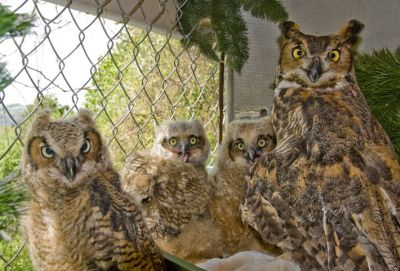 Humans aren’t the only ones who raise foster families. Right now a great horned owl named Martha is raising three foster chicks at the Animal Rescue League (ARL) Wildlife Center in Verona.
Humans aren’t the only ones who raise foster families. Right now a great horned owl named Martha is raising three foster chicks at the Animal Rescue League (ARL) Wildlife Center in Verona.
Martha herself is a rescued bird. She came to ARL five years ago when she was found starving and unable to fly because her wing had broken and healed in the wrong position. Her wing can’t be repaired so she’s a permanent resident at the Wildlife Center. Most of the time she’s an educational bird, teaching people about owls, but in the spring she becomes a foster mother.
This year Martha is especially busy raising three owlets. Jill Argall, Director of ARL Wildlife Center, told me their stories.
The first baby great-horned owl was from a nest in an old structure being demolished in Penn Hills. The nest was so high and the structure so unstable that the Game Commission had to use a lift truck to rescue the owl.
The second was rescued in Sarver when his nest fell out of a tree. His nestmate died in that incident and he was lucky to survive.
The third nestling was found on the ground in Fox Chapel. The people who found him waited and watched for his parents to tend to him but for two days the baby owl never moved and his parents never came so he was brought to the Wildlife Center.
Martha is in her glory right now teaching owlets how to be grown up owls. When their flight feathers are fully grown they will move to the flight cage where they’ll have room to learn to fly and hunt. When they’ve mastered both skills each owl will be taken back to his original home and released into the wild.
To read more about Martha at the start of her fostering season, see page 5 of ARL’s Sunny Gazette, Spring 2009.
And if you find a baby bird and don’t know what to do, read ARL Wildlife Center’s advice here or call them at 412-793-6900.
(photo by Galen Grimes)
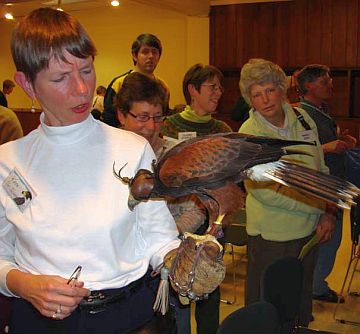 Last Wednesday, for the first time ever, I held a Harris’s hawk on my hand.
Last Wednesday, for the first time ever, I held a Harris’s hawk on my hand. 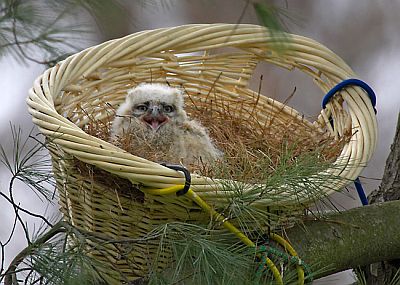

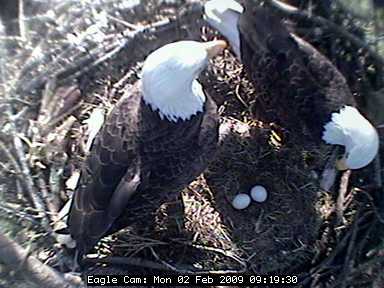
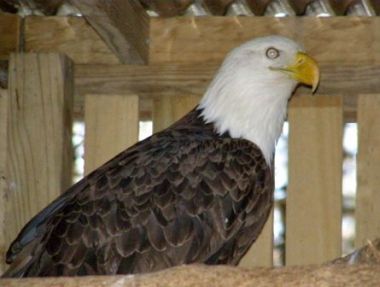
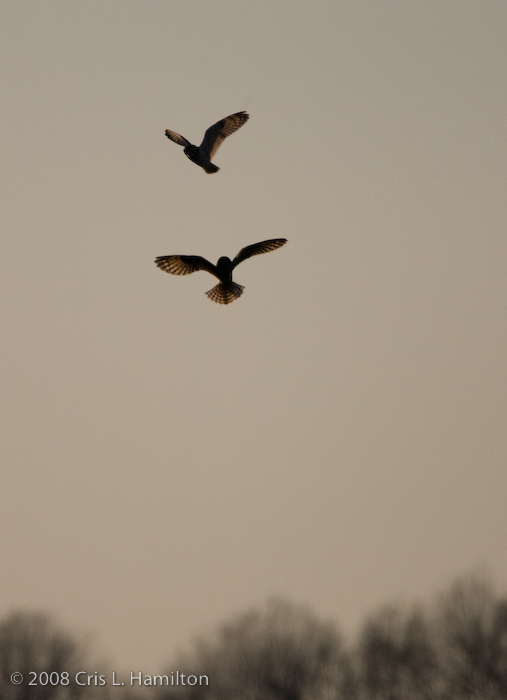
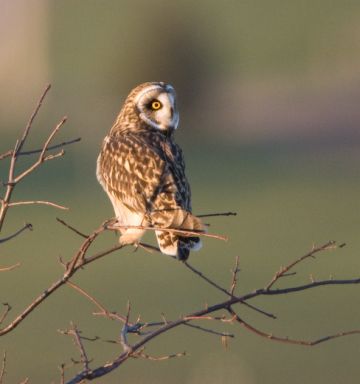
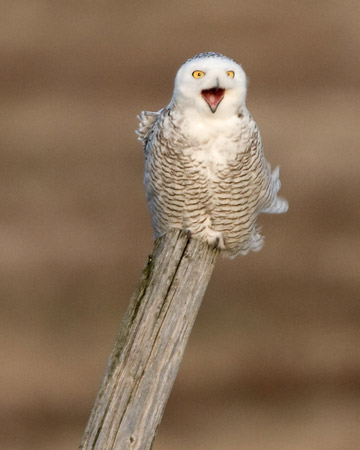
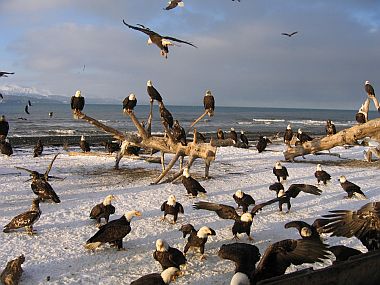
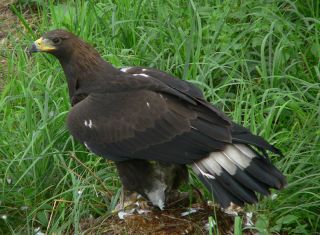 Every fall I visit the
Every fall I visit the